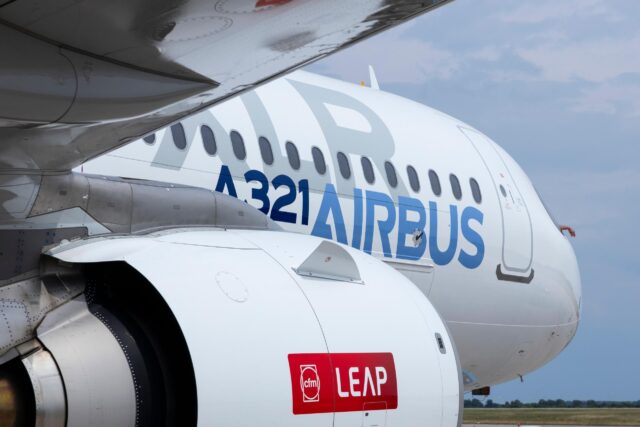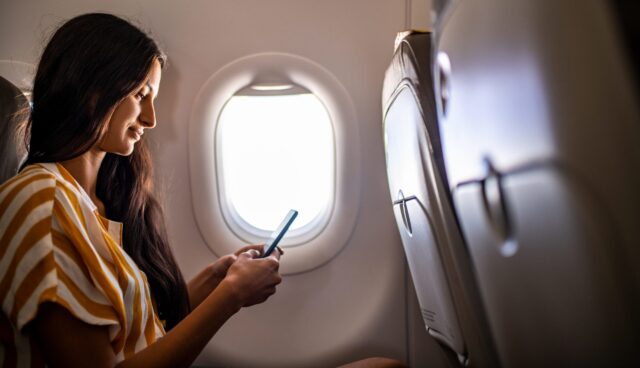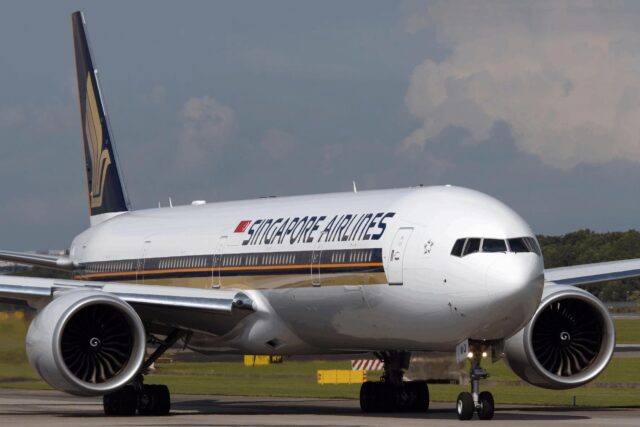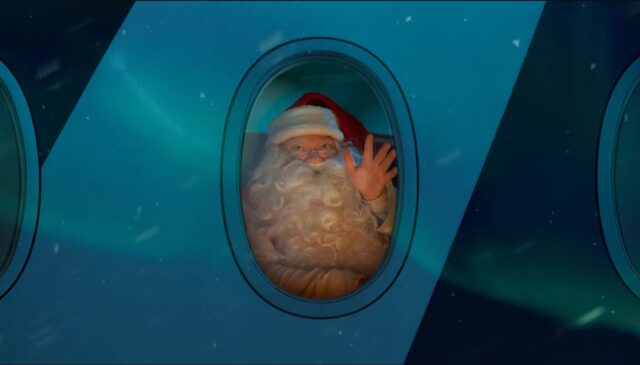DLR’s Dassault Falcon shadows TUIfly passenger flights in rare research campaign to understand how contrails form

November 27, 2025
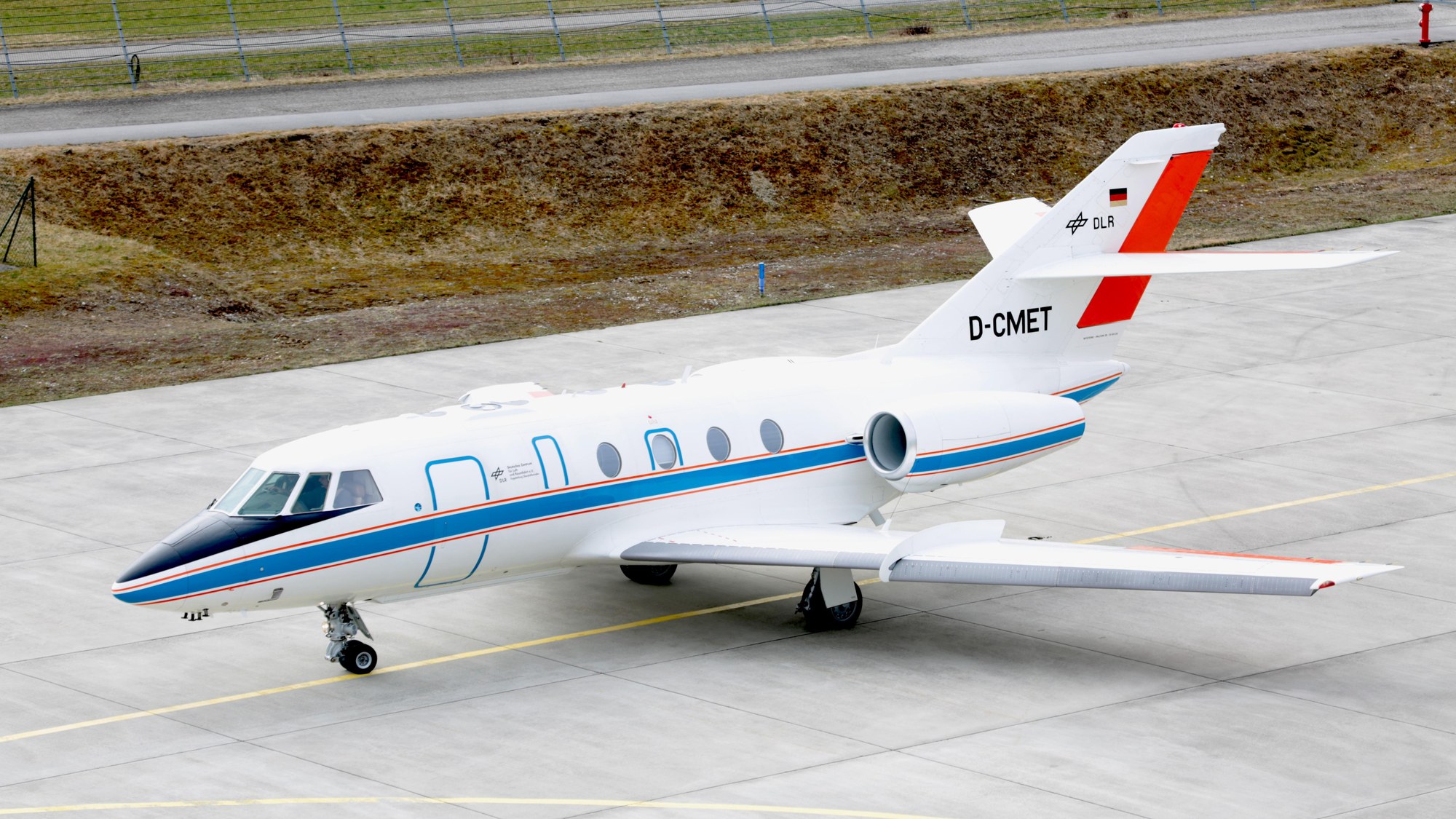
As part of a major European research effort into how aircraft contrails affect the climate, the German Aerospace Centre (DLR) has sent one of its Dassault Falcon 20E research aircraft to shadow a series of TUIfly passenger flights.
The aim is to gather high-quality, real-time measurements that could help scientists understand how these thin white streaks influence global warming, and how they might be avoided in future.
The contrail research between DLR and TUIfly
Contrails form when hot exhaust gases mix with very cold, moist air at altitude, turning into ice crystals that can spread into thin, heat-trapping cirrus clouds.
Although short-lived, their climate effect is thought to be significant, with some estimates suggesting they may contribute up to 2 per cent of global warming. Reducing or avoiding contrails could therefore be one of aviation’s fastest ways to cut its near-term climate impact.
For two weeks in November, a Dassault Falcon 20E research aircraft has been following a series of TUIfly passenger flights operating from German airports to destinations in Egypt.
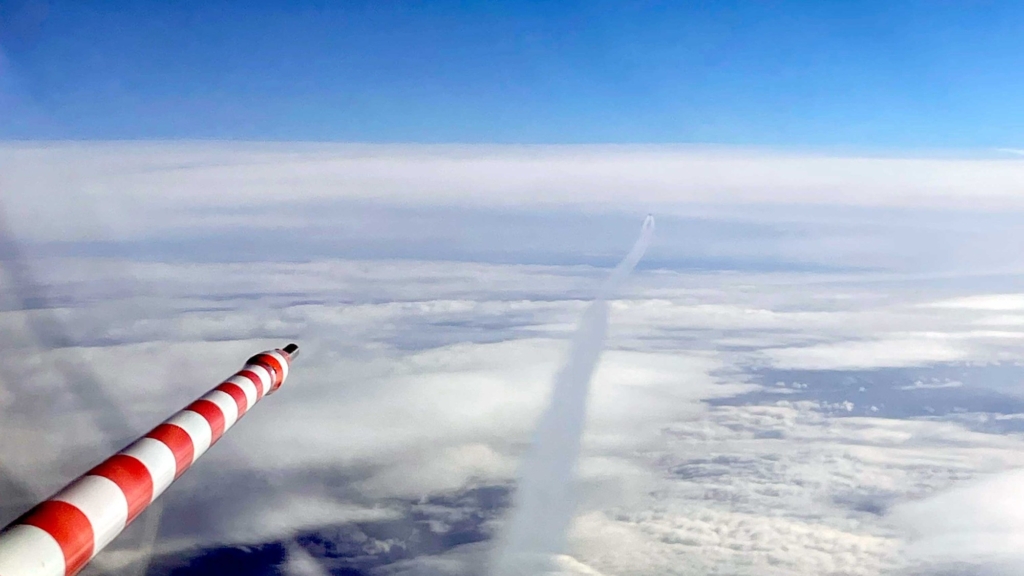
The Falcon 20E follows behind the TUIfly flight at a safe distance (around 10km), which has been deliberately planned to pass through regions with a high probability of contrail formation, identified by previous research carried out by DLR.
DLR says that this is the first time in many years that a research aircraft has directly followed a passenger aircraft, and that this rare deployment will provide particularly valuable real-time data.
In particular, further insight into the condensation trails produced by modern, low-soot ‘lean-burn’ engines can be analysed by specialised instrumentation onboard the research aircraft.
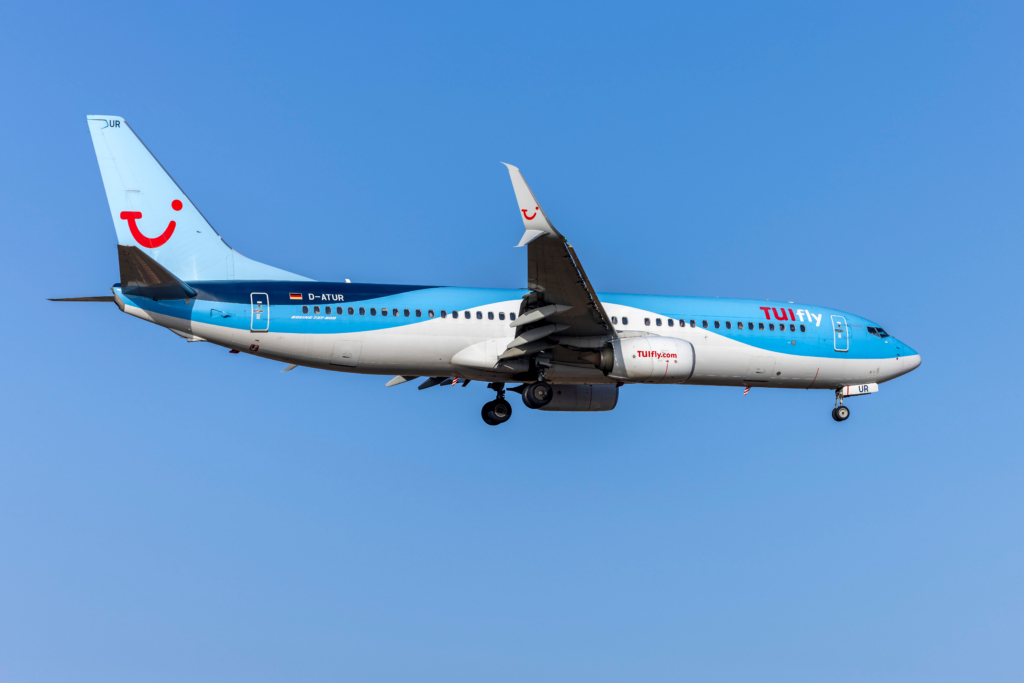
Researchers are investigating, in particular, how soot and volatile particles in the exhaust plume change over a period of up to 30 minutes and how they influence contrails. The measurement data are used to further improve engine and contrail model simulations and to refine weather forecasts.
“We want to understand how much global warming can be reduced when aircraft are more modern and smarter,” explained project manager Christiane Voigt from the DLR Institute of Atmospheric Physics.
Click here for more news on aviation innovation and technology
Part of a wider EU-led A4CLIMATE campaign
The flights are part of a newly launched EU research project called ‘A4CLIMATE’, in which 17 partners from nine countries are collaborating. The project has been set up to develop practical solutions to reduce the climate impact of contrails, including new engine technologies, alternative fuels and climate-optimised flight routing.
Leading partners include the DLR, the German Weather Service, the Max Planck Society, ETH Zurich, Imperial College London, Eurocontrol, Flightkeys, Breakthrough Energy and TUIfly. With the A4CLIMATE project, DLR says that Europe is taking an important step towards climate-compatible aviation.
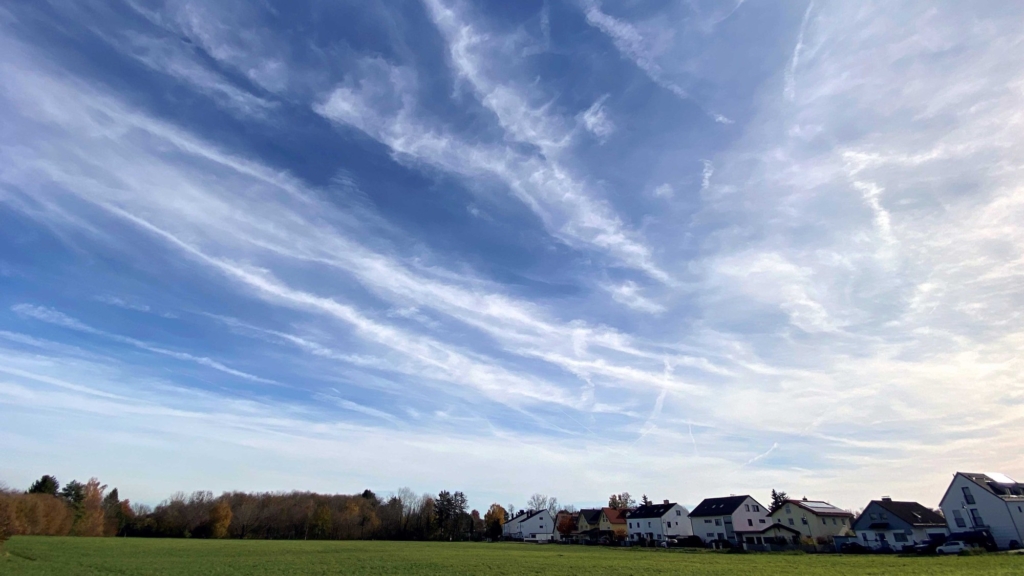
In addition to flight planning, A4CLIMATE is investigating how new engines and alternative fuels affect the formation of contrails.
One aspect that researchers are particularly keen to examine is how some ‘lean-burn’ engines emit extremely low levels of soot, and soot particles are key nuclei for ice crystal formation.
However, it is still unclear whether less soot automatically means fewer contrails, and this is a key aspect that researchers are keen to learn more about.
DLR investigates whether contrails can be avoided
DLR hopes that the focus on contrails will allow researchers and industry stakeholders to find out how these condensation trails can be effectively avoided, and how much their climate impact can actually be reduced.
The partners within the A4CLIMATE project are hoping to produce data that will reduce the formation and climate impact of contrails through smarter flight routes, innovative engine technologies and the use of alternative fuels.
To this end, the researchers are combining satellite data, aircraft and ground-based measurements, advanced climate models and a new contrail prediction system. The project will analyse 400 scheduled flights, selected from those expected to produce as few contrails as possible.
As part of the project. DLR is conducting measurement flights with its Falcon 20E research aircraft, which deliberately follows TUIfly commercial aircraft during contrail-observation flights over Germany and Austria. The flights are also being conducted in collaboration with the Austrian flight planning services provider FLIGHTKEYS.
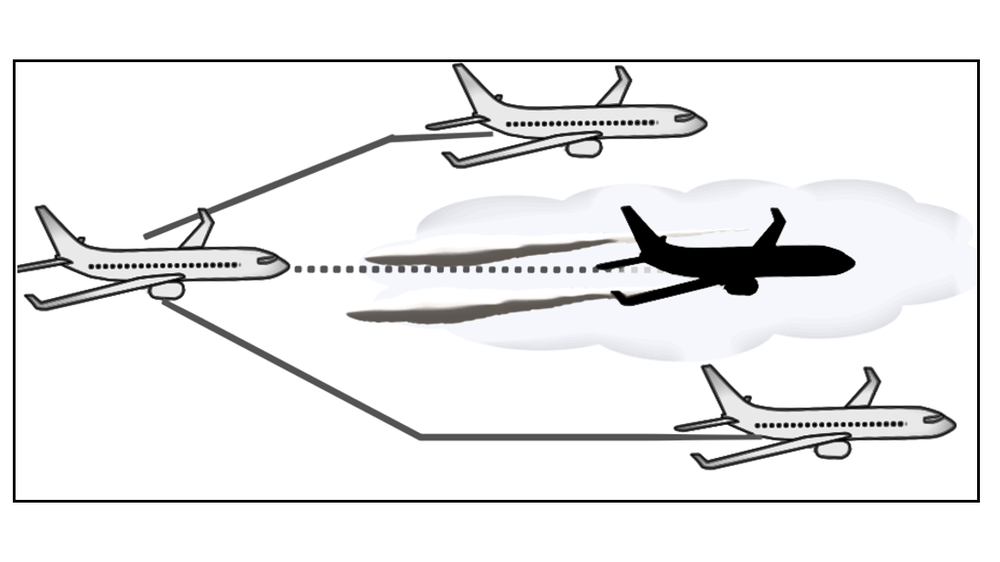
The principle of the project is relatively straightforward, says DLR, in that, whenever possible, flights are routed outside the regions where contrails form.
In practice, however, DLR has found this to be more complex than it first imagined. Delays and weather changes make it difficult for the TUIfly crews to stick precisely to their optimum planned routes. Additionally, an alternative route also means a few more flight kilometres and thus more carbon dioxide is emitted by the TUIfly jet.
A goal to discover climate-compatible aviation
However, despite these challenges, the project team is working on a fully automated data pipeline that provides route recommendations in real time and can give immediate feedback on whether a flight can be planned in a more climate-compatible manner.
Satellites will later verify whether the strategy actually produces fewer contrails in reality. The net climate impact will also be calculated using models.
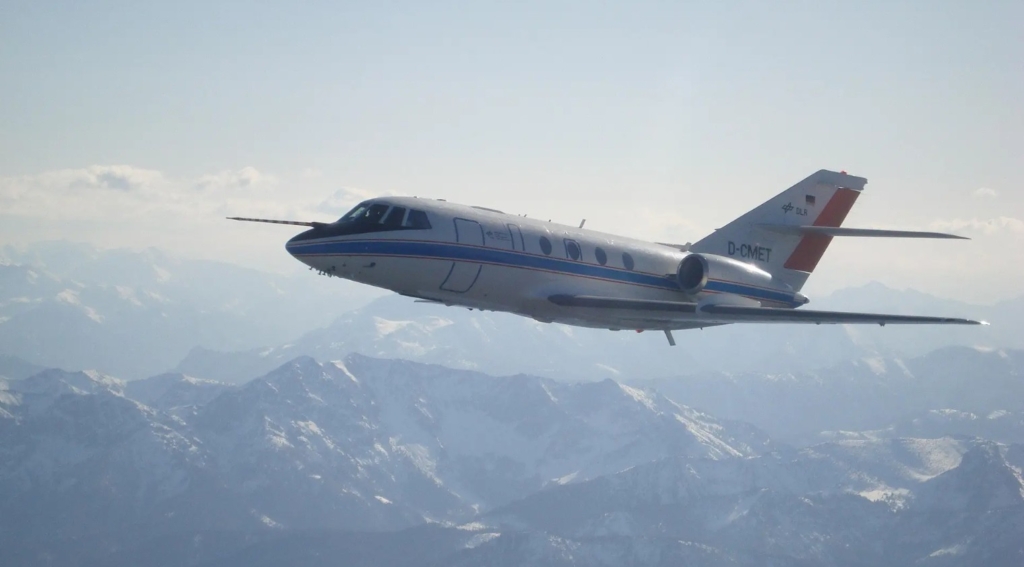
“Our goal is to make scientifically sound progress towards climate-compatible aviation while maintaining competitiveness,” said Markus Fischer, DLR Divisional Board Member for Aeronautics.
“Accurate forecasts and automated processes for avoiding contrails are important tools, which need to be extensively tested and further developed. This is where we at DLR contribute our extensive expertise and system competence in aviation research.
“As a partner to science, we are providing our flights and our operational expertise,” added Christoph Todt, Head of Environmental Sustainability at TUI Airlines. “We want to help ensure that research results are quickly incorporated into everyday aviation practice to reduce the climate impact of our flights.”
Featured image: DLR
